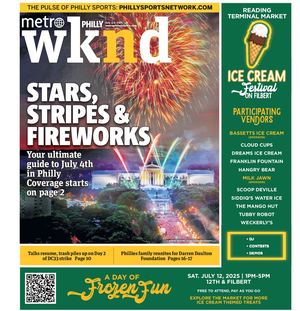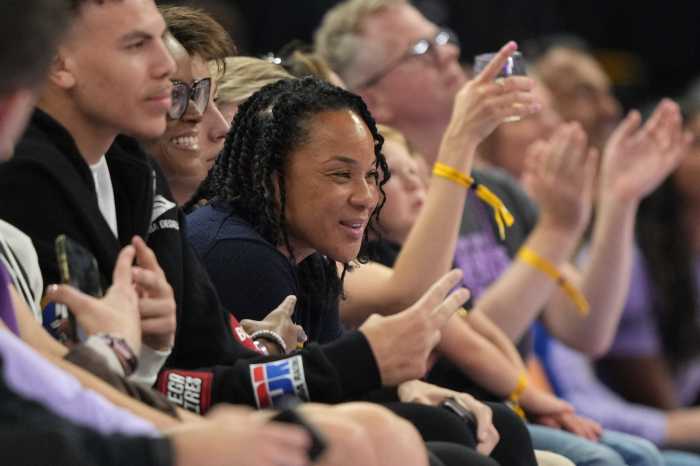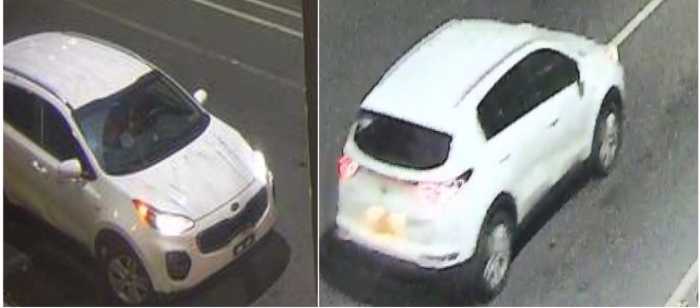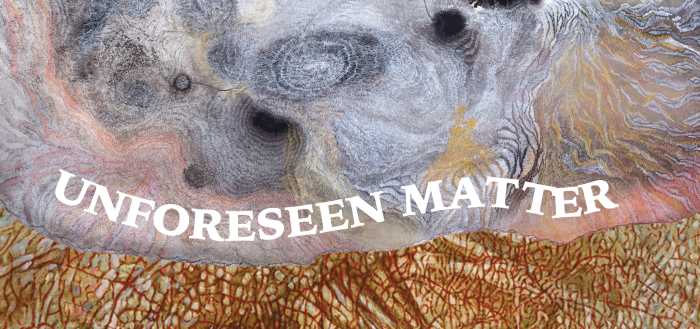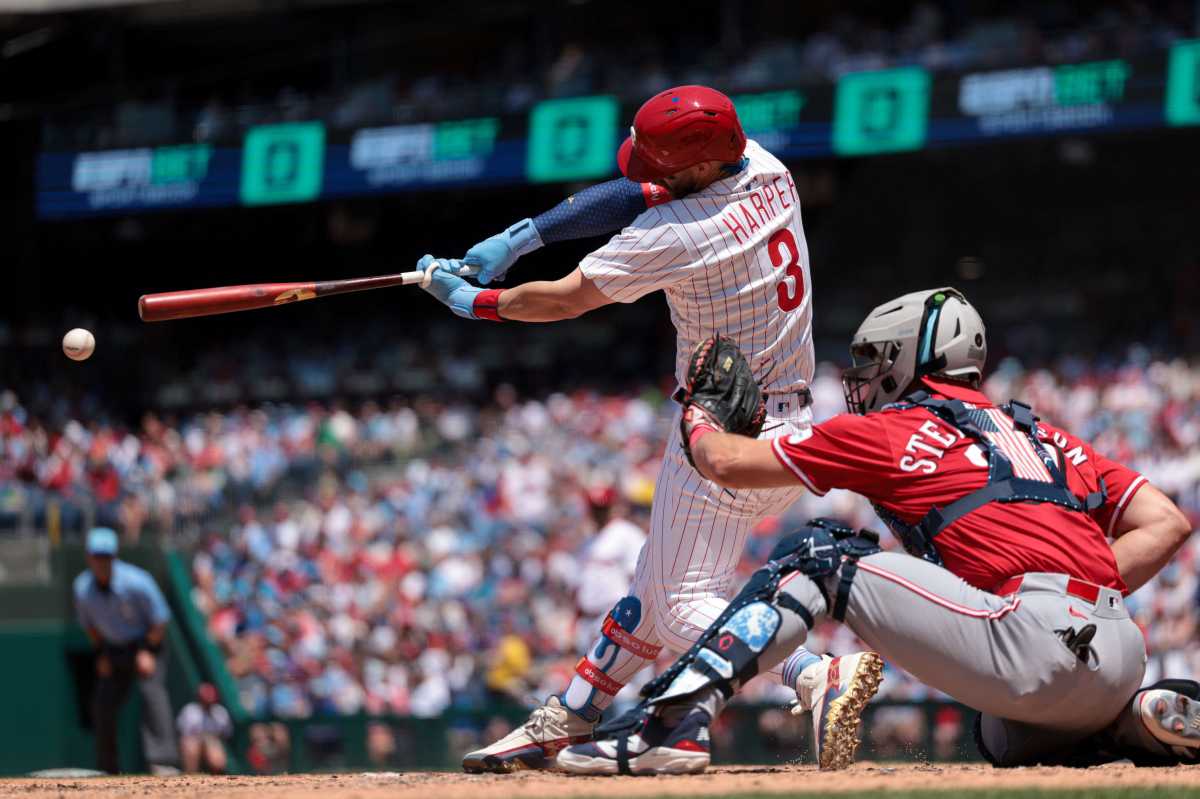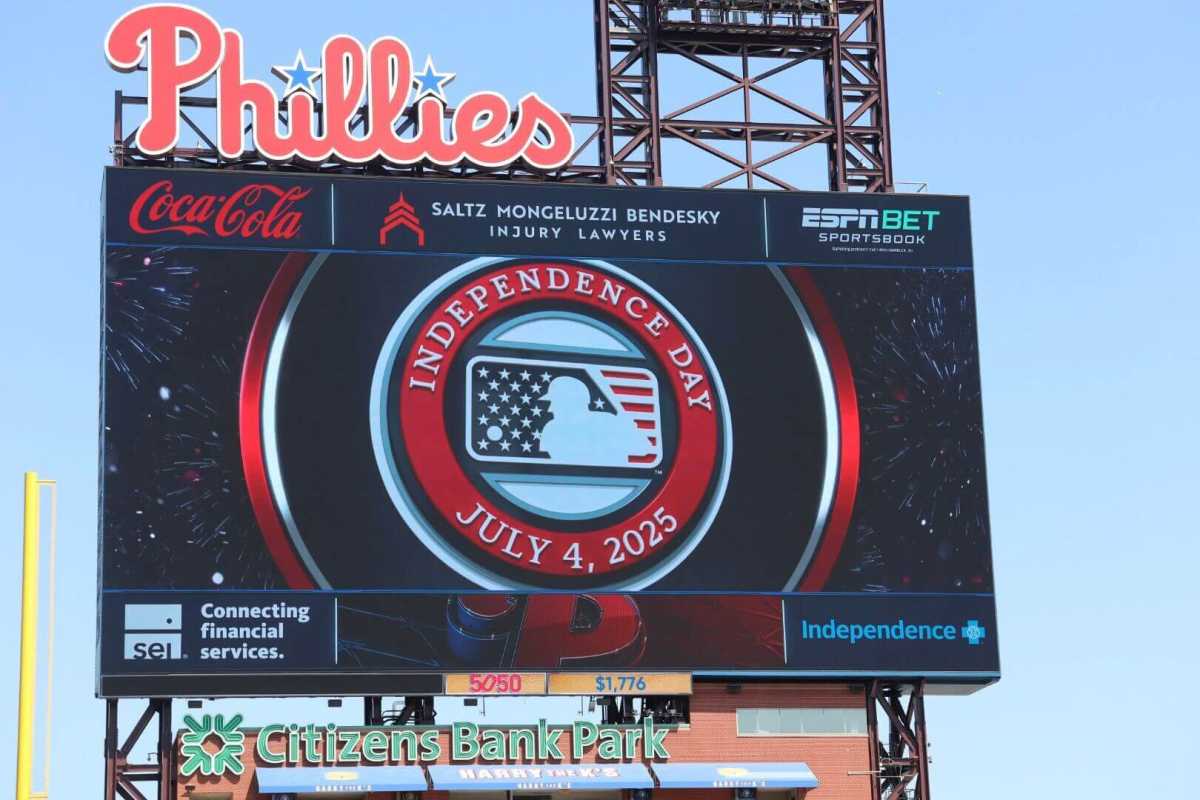Old City was named by funding collaborative ArtPlace as one of the country’s top 12 neighborhoods for the artistic economy based on its density of arts-related businesses and nonprofits and the percentage of its residents employed in creative occupations, among other indicators.
But as patrons flock to First Fridays for gratis glasses of Zinfandel and open-house gallery eye candy, are artists themselves actually reaping the benefits?

Muse Gallery.
“Sales are definitely down,” said artist Patricia O’Halloran of Muse Gallery on North 2nd Street, which is celebrating its 35th year in operation. She said the majority of the creative cooperative’s members supplement their endeavors with day jobs. “Before the recession, I might have sold seven paintings during an exhibition, where after, it’s three.”

Muse raised its dues two years ago to help offset the losses and is currently experimenting with extending its hours later into the evening.
Other area galleries are also finding creative ways to combat the downturn.

Deric Hoch of Fresh Dipped.
“I think the way we split it into different parts makes us able to put up cool art that doesn’t necessarily pay the rent,” said owner Deric Hoch of the newly-opened Fresh Dipped on Strawberry Street. He divided the shop into an art gallery and retail store in the front and in back produces and teaches screen printing.
“Obviously, the nightlife business isn’t particularly helpful to me,” he said of the neighborhood. “But the same people come back in the afternoon and buy art.”
Vice president of the Old City Art Association Arthur Meckler said the diverse area businesses feed one another and are key to the neighborhood’s success. “We’re a little pocket here that has managed to weather the storm pretty well together,” he said. “There’s a synergy that occurs when you have this mix of creative businesses, and that includes the restaurants and the clothing stores.”
Arts vs. crafts

Fresh Dipped’s production setup.
One recent silk screening job for a major cruise line paid half of Hoch’s monthly rent, he said. In contrast, at the gallery’s soft opening last month, he sold multiple artworks – many priced around $25 – and netted about $750 in total.
“Craftsmen are currently making more money than actual artists,” he said, noting merchandise such as screened t-shirts and prints have broad appeal due to their affordability and utility. “You can hang something on your wall for $100, versus $700 for a painting.”
Critical mass, but not competition

Though some might think the sheer density of arts-related businesses in Old City would foster rivalry, artists said the opposite. “We don’t compete,” O’Halloran said. “If someone comes down and finds something good at one gallery, it helps us all.”
“There’s a great critical mass and density of arts-related organizations here, and there’s also a diversity of different businesses in the mix,” executive director Graham Copeland of the Old City District said.
In recognition of how those various industries feed one another, First Friday will soon be extended into “First Friday weekends,” a three-day deal with collaborations between venues and restaurants.
Breaking it down
According to the Old City District, Old City has, within its less than a half-square-mile limits:
100 Dining establishments
160
80
44 Art galleries
10 Museums
4 Performing arts venues
3 Indie film houses
